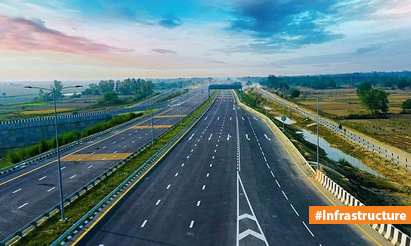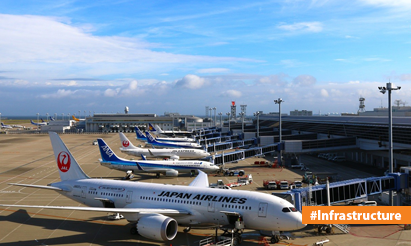British Colonial Infrastructure in India: Its Impact on Development!
The legacy of British colonial rule in India is a complex tapestry that spans various facets, including the construction of infrastructure. While proponents argue that British-built infrastructure laid the foundation for modern India, critics emphasize the exploitative nature of these projects. Evaluating the impact of British colonial infrastructure on India’s development is a nuanced endeavor that requires examining both its positive contributions and negative consequences.
The Positive Facets
Advocates of British colonial infrastructure contend that certain projects did bring tangible benefits to India. The construction of railways, for instance, revolutionized transportation, facilitating the movement of goods and people across vast distances. The network of railroads connected previously isolated regions, stimulating economic growth and fostering regional integration. Similarly, the establishment of telecommunication systems improved connectivity and communication, spurring administrative efficiency and enabling business interactions.
Institutional Architecture
The British introduced administrative and institutional frameworks that endured beyond colonial rule. The legal and judicial systems, educational institutions, and administrative structures laid the groundwork for modern governance in India. These institutions, though originating from colonial endeavors, have continued to evolve and adapt to India’s changing needs, contributing to its socio-economic development.
Exploitative Undercurrents
Critics argue that much of the British colonial infrastructure was designed to extract resources and reinforce British economic interests. Railways, for example, often served as conduits to transport raw materials from India to Britain, rather than fostering balanced economic growth within the country. The emphasis on cash crops for export led to the displacement of traditional agricultural practices and food security concerns.
Inadequate Legacy
The infrastructure legacy of British colonial rule is also marked by inadequate maintenance and limited focus on indigenous development. Many projects were initiated primarily to serve British interests, leaving little room for long-term sustainability. Neglect and inadequate funding for upkeep created challenges for post-independence India, as the nation grappled with inherited infrastructure in varying states of disrepair.
The impact of British colonial infrastructure on India’s development is a topic of ongoing debate. While some projects undoubtedly brought positive advancements, it’s essential to recognize the exploitative undercurrents and challenges these initiatives posed. The legacy of British-built infrastructure reflects a complex interplay between colonial ambitions, economic considerations, and the unintended consequences that continue to influence India’s modern development trajectory. As India forges ahead with its infrastructure initiatives, understanding this historical context can aid in making more informed decisions that benefit the nation’s future.
Disclaimer: The views expressed above are for informational purposes only based on industry reports and related news stories. PropertyPistol does not guarantee the accuracy, completeness, or reliability of the information and shall not be held responsible for any action taken based on the published information.




